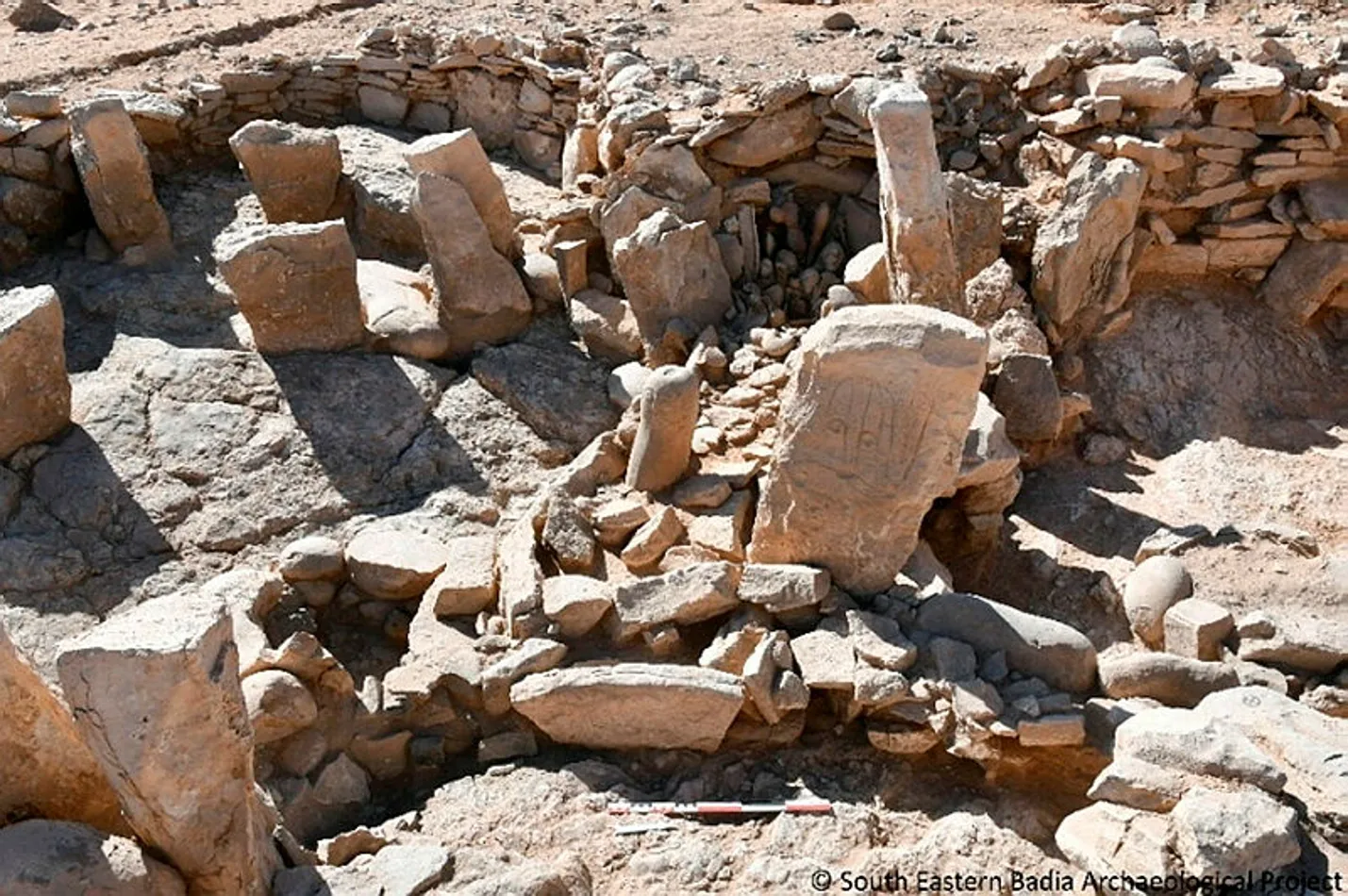
Archaeologists Discover 9,000-Year-Old Temple in Jordan Desert
Researchers Say the Finding Sheds ‘Entirely New Light’ on the Symbolism, Artistic Expression, and Spiritual Culture of Previously Unknown Neolithic Communities A team of Jordanian and French archaeologists announced on Tuesday that they had found a roughly 9,000-year-old temple at a remote Neolithic site in Jordan’s eastern desert. The ritual complex was found in a
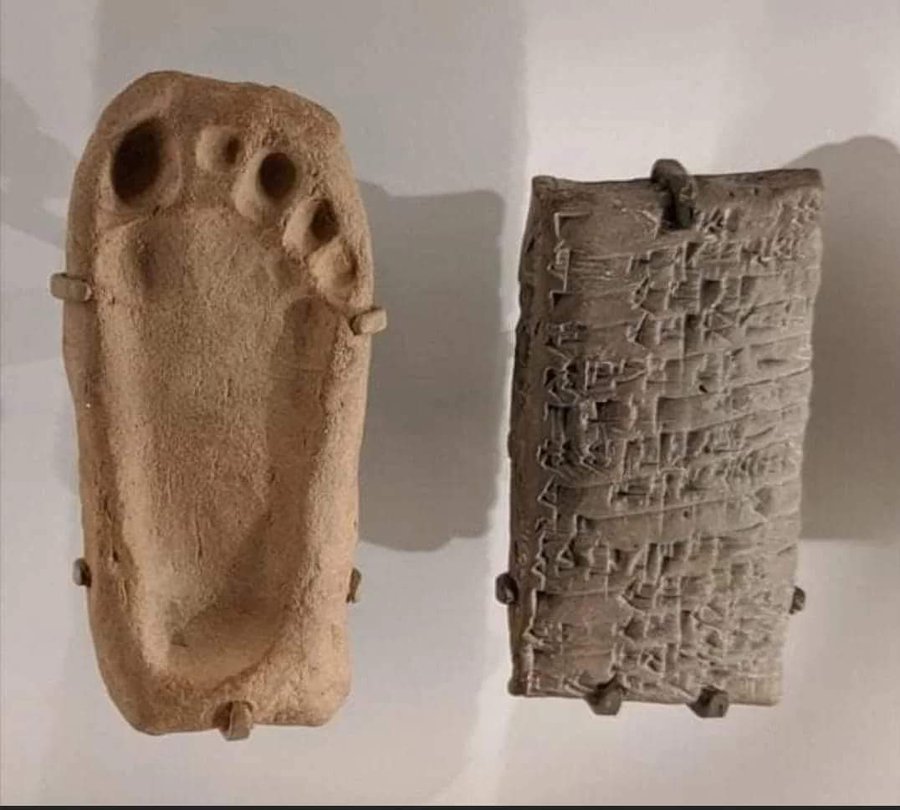
Sumerian Birth Certificate: One of History’s Oldest Records
Imagine a poignant record from the dusty pages of history, stretching back approximately four thousand years. Picture a small clay tablet inscribed with cuneiform, dating between 2000 and 1595 BC. This humble artifact represents the birth certificate of a child from the Sumerian period! Unearthed in the ancient city of Nippur (modern-day southern Iraq), this
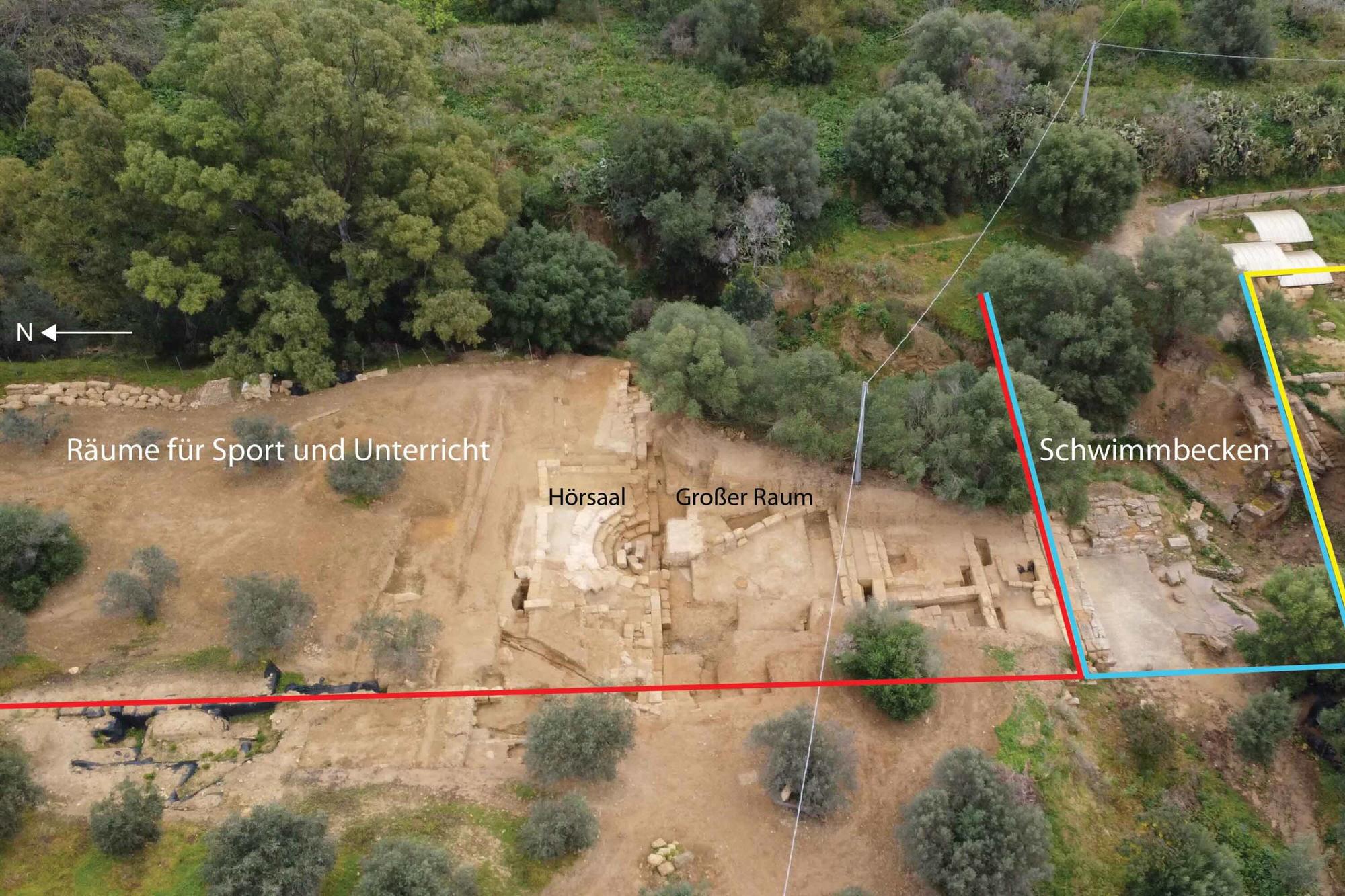
Archaeologists Uncover Unique Auditorium During Excavations in Sicily
In Agrigento, on the southwest coast of Sicily, archaeologists have unearthed two remarkable finds. Excavations in March 2025 by an international team led by Prof. Dr. Monika Trümper and Dr. Thomas Lappi of the Free University of Berlin revealed an ancient auditorium, offering unique insights into the education of young citizens in the ancient city.
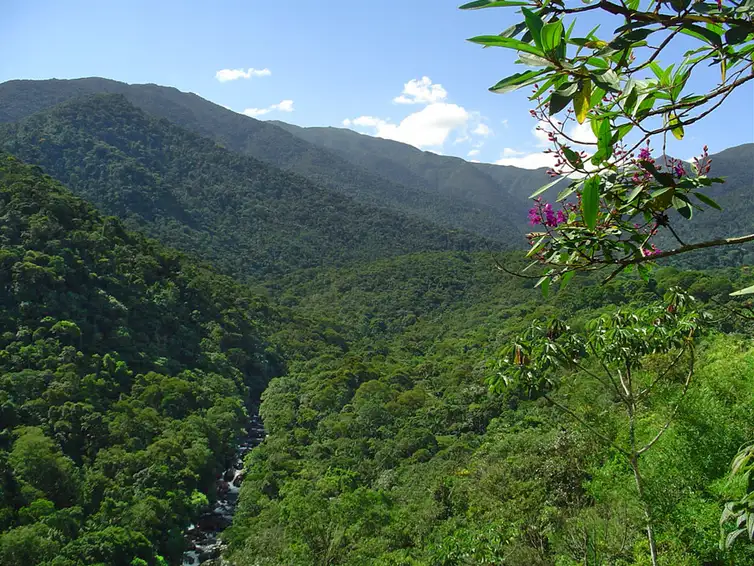
Astonishing 3,000-Year-Old Cave Paintings Unearthed in Brazil
Deep within Brazil’s majestic landscape, where the states of Rio de Janeiro and Minas Gerais embrace, the imposing silhouette of the Serra da Mantiqueira, long celebrated for its enduring natural beauty, now trembles with the revelation of an ancient secret held in its heart. A dedicated team of researchers from the National Museum, in collaboration
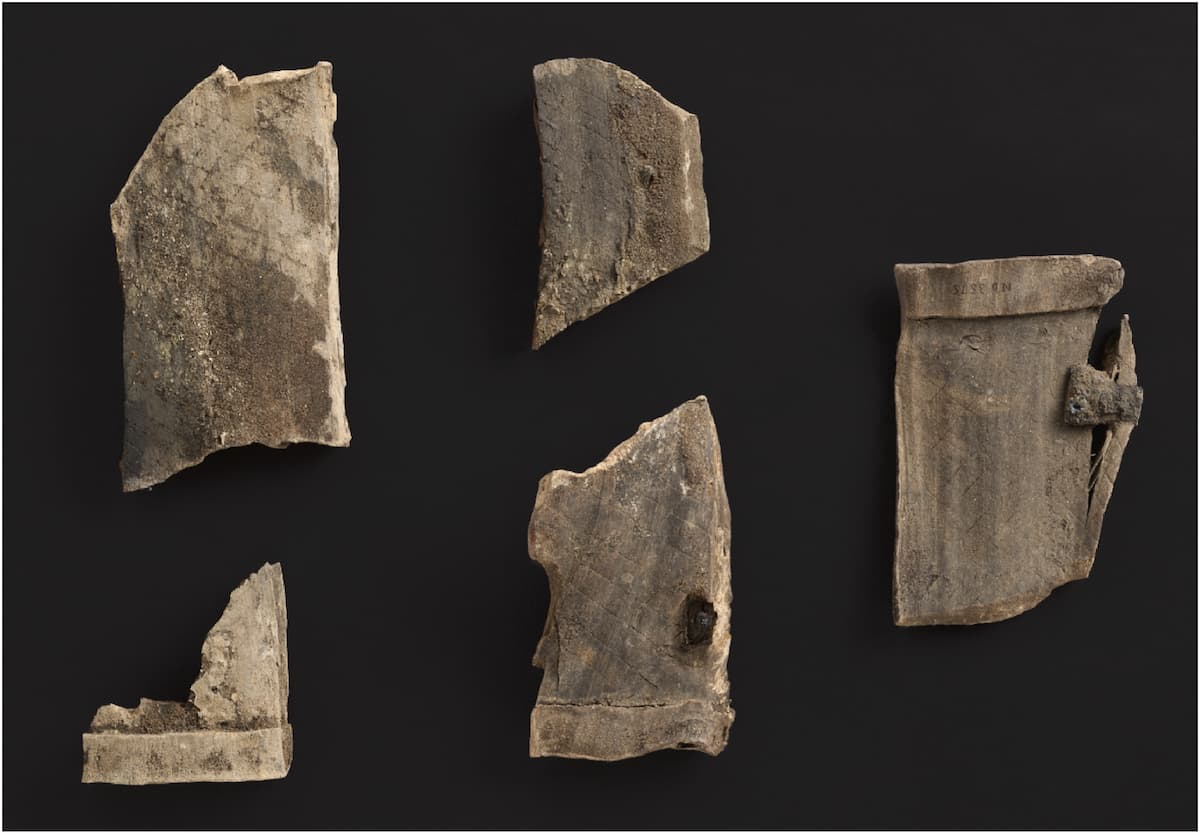
Ancient Assyrian Tablets: Science Uncovers 7th Century Writing Techniques
Ancient writing boards excavated from Nimrud are providing incredible clues about how cuneiform script was written in the 7th century BC. These boards were written using a mixture of beeswax and orpiment (a yellow pigment). A Great Discovery by Archaeologists: Found during excavations in the 1950s, these tablets shed light on the administrative and scholarly
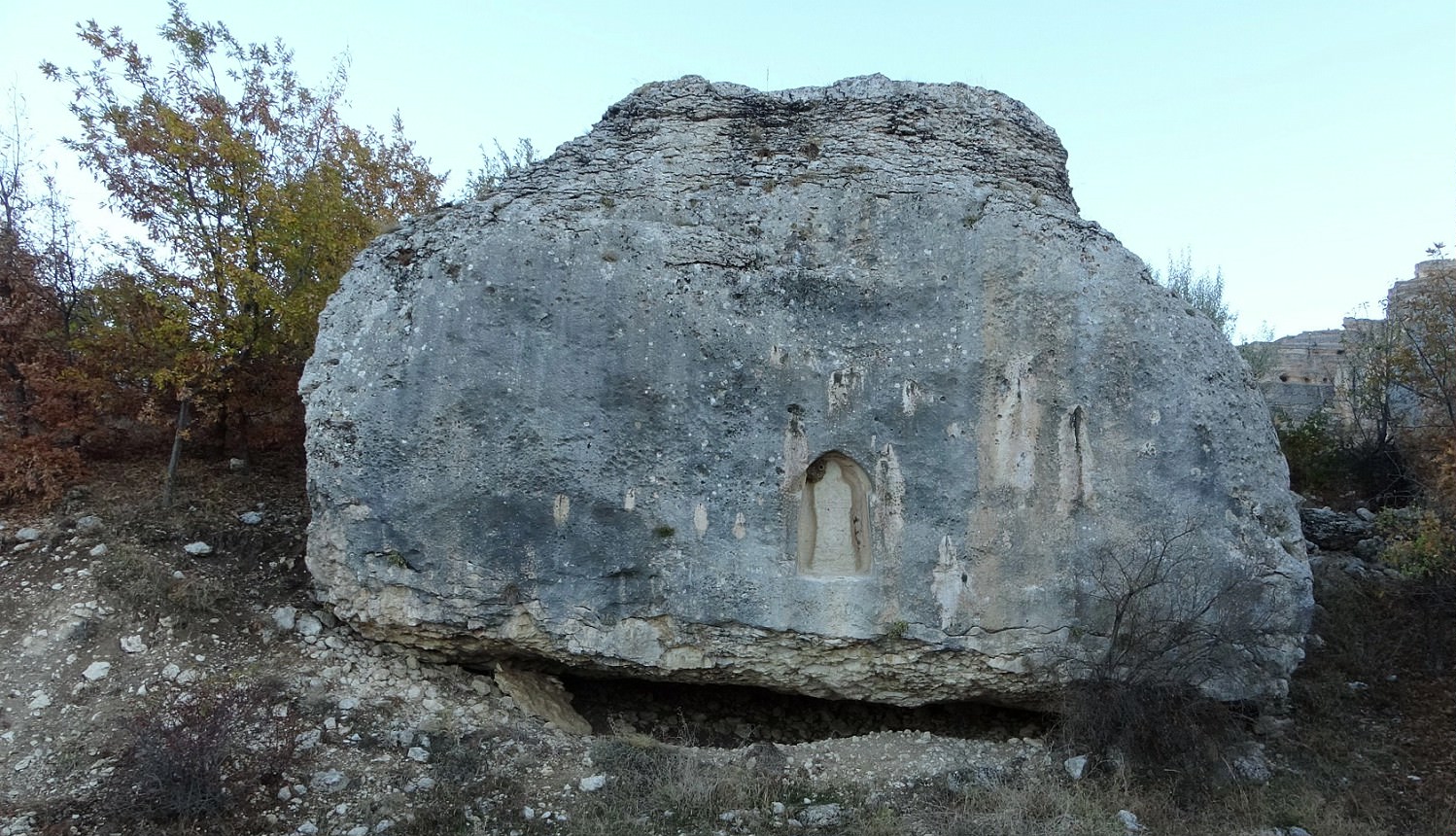
The Mysterious Goddess of Levent Valley: 2800-Year-Old Hittite Goddess Figurine
In the Akçadağ district of Malatya, the Levent Valley, an extraordinary natural wonder created by geological formations 65 million years ago, stands out not only for its geological richness but also for its cultural heritage, bearing the traces of civilizations spanning thousands of years. This enchanting valley, stretching 28 kilometers, has been home to many

Discovery in Romania Reshapes History of Ancient Dacian Presence
A discovery near the village of Breaza in Mureș County, Romania, is reshaping the history of ancient Dacian presence. The silver treasure, found by amateur metal detectorists Dionisie-Aurel Moldovan and Sebastian-Adrian Zăhan, is considered the first concrete evidence of Dacian settlements in the region. Exhibited at the Museum of Mureș County, this treasure consists of
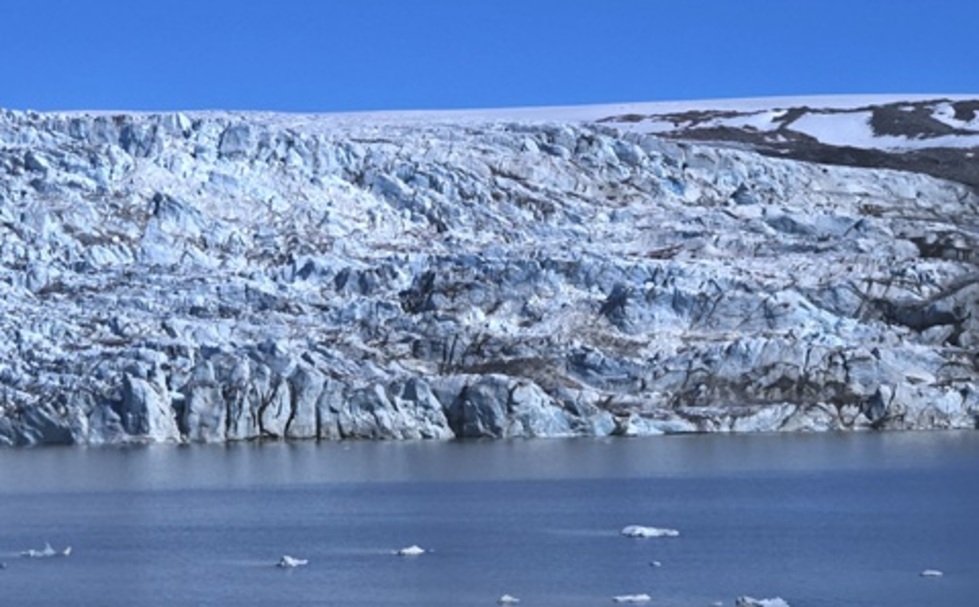
New Study: Climate Change May Have Played a Role in the Fall of the Roman Empire
An international research team has uncovered new evidence regarding the “Late Antique Little Ice Age,” a 6th-century climate crisis that may have contributed to the fall of the Roman Empire. The collaborative study, involving scientists from the University of Southampton, Queen’s University Canada, and the Chinese Academy of Sciences, focused on unusual rocks found on
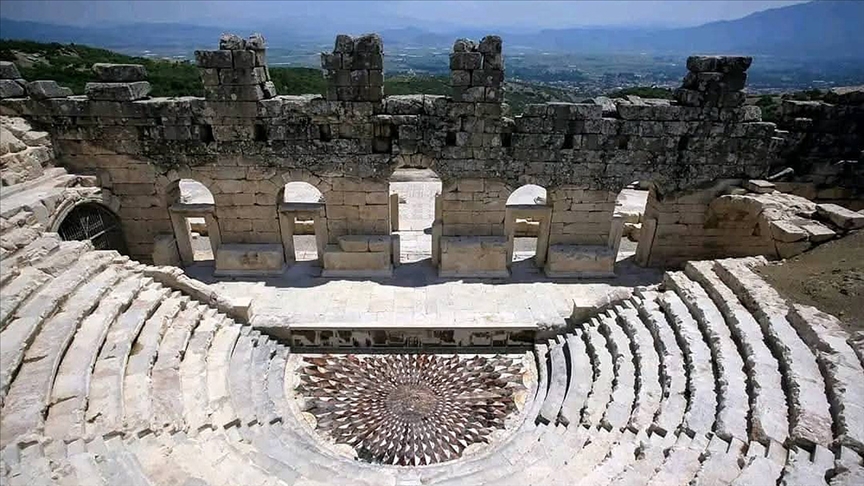
The Dazzling Treasure of Kibyra: The Medusa Mosaic Reopens to Visitors
The Ancient City of Kibyra, located in the Gölhisar district of Burdur, has reopened its doors after the winter months, welcoming visitors with a captivating surprise: the Medusa mosaic. This unique work, with a history of approximately 2000 years, is considered one of the most important art examples of the ancient period and is now
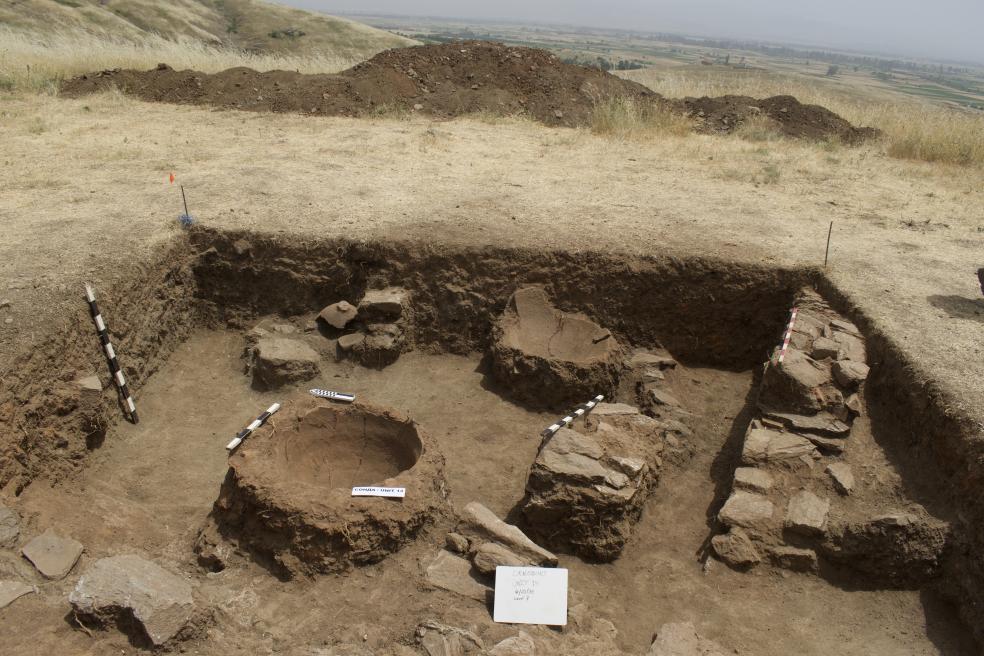
Stunning 2,500-Year-Old Settlement Discovered in North Macedonia
An untouched ancient city is coming to life with striking archaeological discoveries near the village of Crnobuki in the heart of North Macedonia, at Gradishte, revealing that it was much more than a previously assumed military outpost. Recent excavations by an international team from Cal Poly Humboldt and the Institute and Museum of Bitola in